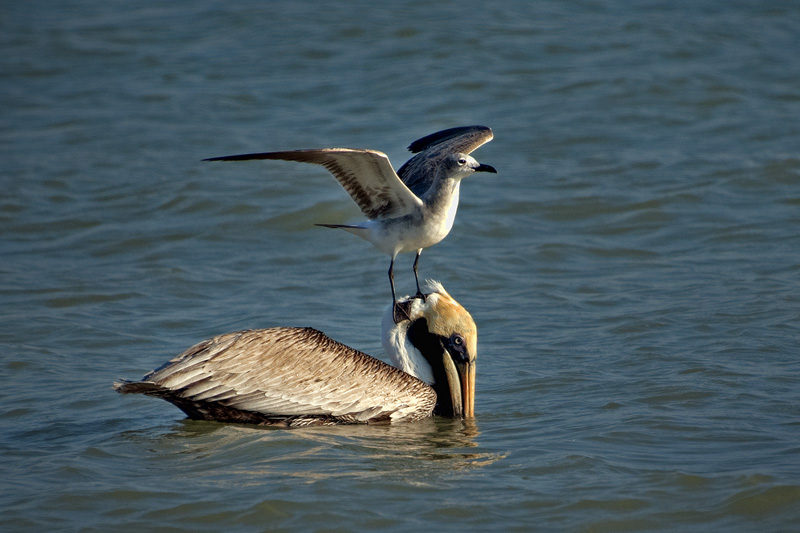
So what does the future hold for the Gulf states after Deep Water Horizon? Is full recovery possible? The answer would seem to be yes, though it will be a slow, painful process. The road to recovery may be glimpsed, perhaps, by looking at Ixtoc, in the Gulf of Campeche off the coast of Mexico, the second largest spill in history at four million barrels. This took place in 1979.
Local reefs around Veracruz are still showing effects. On the lagoon side the reef is still gray and dead, and the sea floor is lithified (turned into stone) oil, like some new form of sedimentary rock. On the ocean side it's a different story. There wave energy, oxygen, sunlight, and the Gulf's oil digesting bacteria cleared most visible evidence of the spill in a comparatively short time, years, not decades. The lesson for the Gulf states, and the world, is fairly clear. When oil is entrapped in low oxygen sediments, as in a quiet lagoon, it can hang around indefiniitely.
Even in the turbulent, highly oxygenated waters off the coast of France, it took seven years for the marine life and oyster farms of Brittany to recover after the 1978 Amoco Cadiz spill. In Mexico the recovery was much more painful. Ixtoc devastated local fisheries. Populations of fish, shrimp, conch, and oysters were completely wiped out. In a split second fishermen were unemployed, indefinitely, their future unknown. Most gave up and found new work after being hungry long enough. For many of them a long legacy of fishing came to a sad end. What about the few who stuck it out? It was 20 years before catches returned to normal. (next photo)